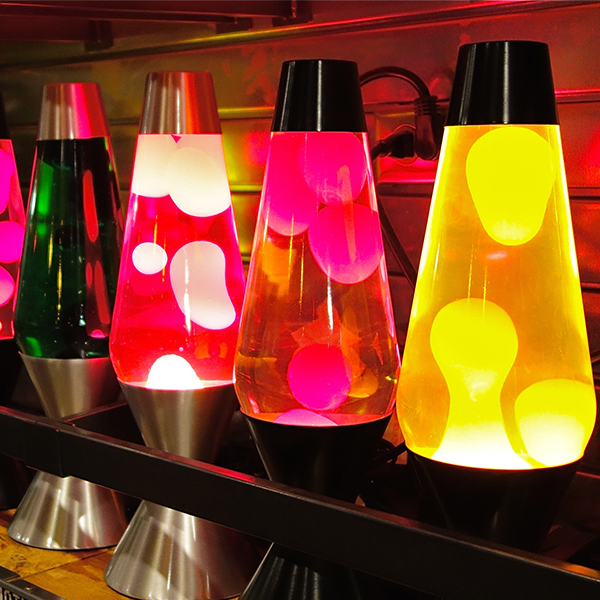Lava Lamps

A variety of lava lamps (Dean Hochman [CC BY 2.0], Wikipedia)

A variety of lava lamps (Dean Hochman [CC BY 2.0], Wikipedia)
4.4
How does this align with my curriculum?
Curriculum Alignment

A variety of lava lamps (Dean Hochman [CC BY 2.0], Wikipedia)

A variety of lava lamps (Dean Hochman [CC BY 2.0], Wikipedia)